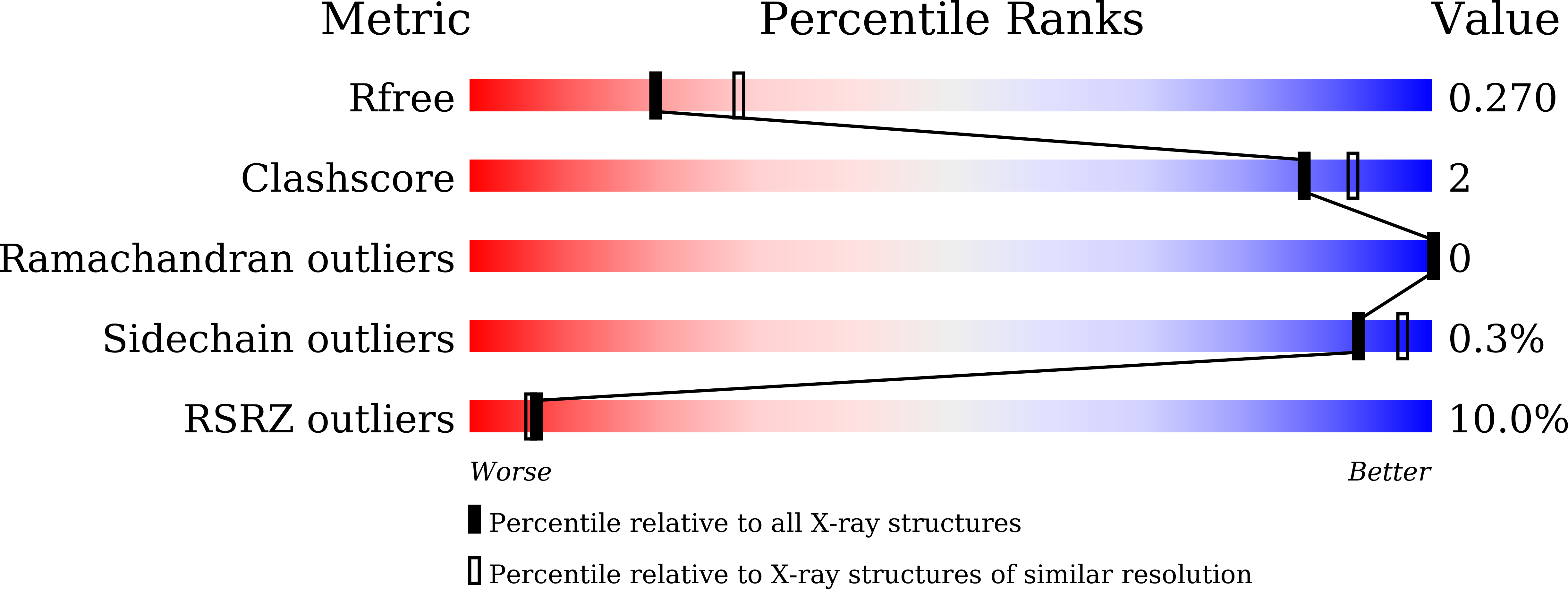
Deposition Date
2020-08-06
Release Date
2020-12-30
Last Version Date
2023-11-29
Entry Detail
Biological Source:
Source Organism:
Aspergillus fumigatus Z5 (Taxon ID: 1437362)
Host Organism:
Method Details:
Experimental Method:
Resolution:
2.40 Å
R-Value Free:
0.27
R-Value Work:
0.22
R-Value Observed:
0.22
Space Group:
P 21 21 21


